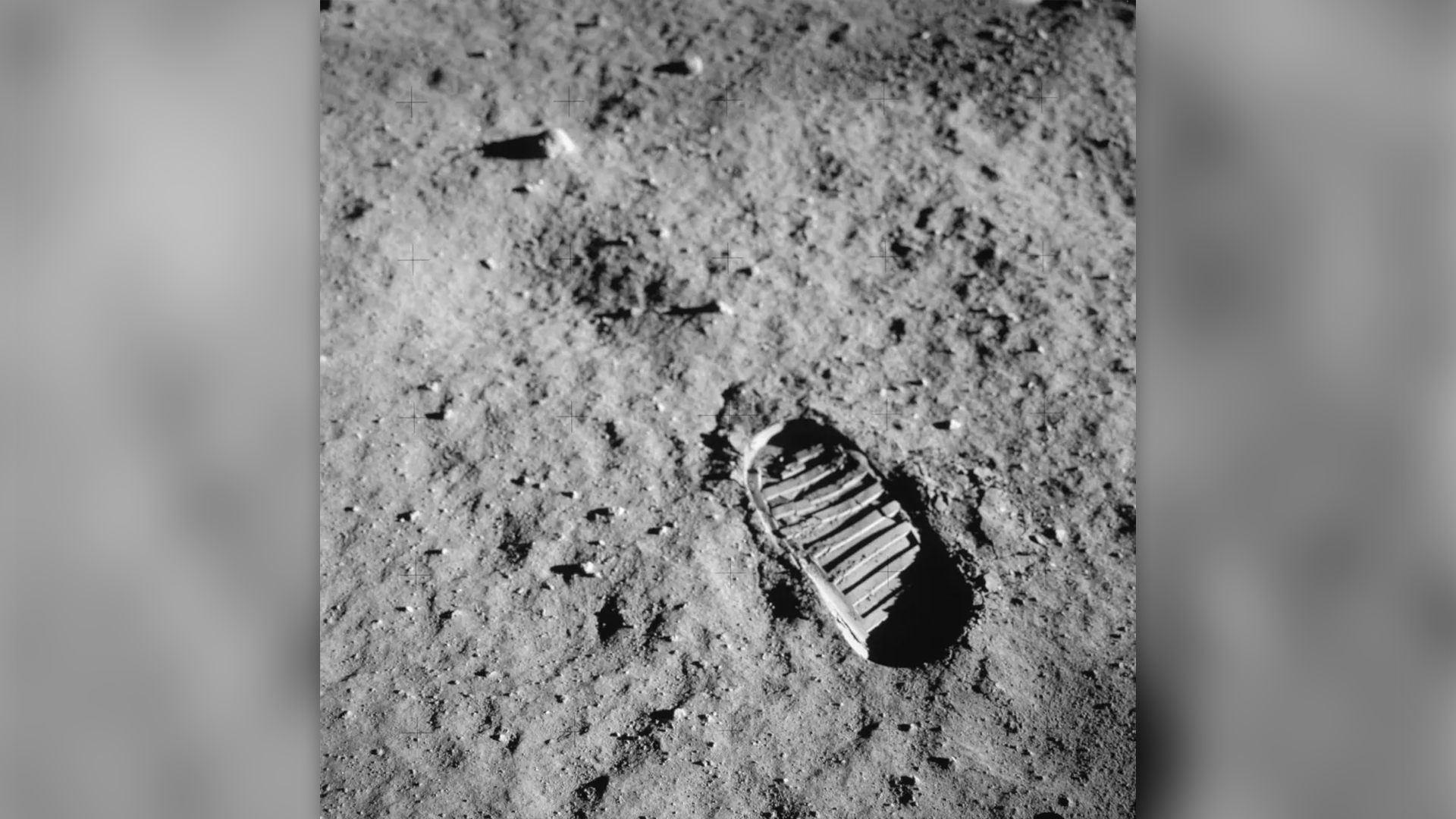
A new geological epoch has begun on the moon, which reflects the fact that humans are now the biggest influence on the lunar surface, a group of scientists suggest.
The researchers named the moon's new epoch the "Lunar Anthropocene."
"Cultural processes are starting to outstrip the natural background of geological processes on the moon," Justin Holcomb, a postdoctoral archaeology researcher at the University of Kansas and lead author of a new paper, said in a statement. "We aim to initiate discussions about our impact on the lunar surface before it's too late," he added. The new study was published Dec. 8 in the journal Nature Geoscience.
The idea of the Anthropocene, or a geological era of human-made changes, on Earth has received increasing recognition over the past 50 years. Although the concept is now generally accepted by scientists, the exact starting point and definition are still under debate: There are many possible watersheds, including the start of the industrial revolution and the first atomic bomb detonation.
When it comes to the moon, though, it's more clear-cut. In 1959 the first human-made object, the Soviet spacecraft Luna 2, impacted the lunar surface and created the first human-made crater, marking the beginning of a new period of change. In the years since, humans have left a number of things on the moon's surface, including footprints, rover tracks, golf balls, flags and bags of human excrement.
Related: How much trash is on the moon?

This human activity is more significant than it may seem, the study authors argued. Once a change is made to the lunar surface, for example through a meteoroid impact, it lasts for an awfully long time; without an atmosphere, the moon sees no erosion from wind or rain. This means any effects humans have on the moon's surface are essentially permanent.
The scientists' proposal for declaring a new era on our celestial neighbor is particularly timely, given the large number of planned missions to the moon in the near future. This uptick of activity, referred to by the authors as the "new space race," includes private activities such as space tourism and lunar mining, as well as national efforts including NASA's Artemis missions that aim to return humans to the moon in 2025 and eventually develop a lunar base camp.
"I think that to raise awareness that the human race is about to have a massive impact on the moon is very worthwhile, because it's the Wild West," Jan-Peter Muller, a professor in the department of space and climate physics at University College London who was not involved in the new study, told Live Science. Private enterprise is beginning to see the untapped natural resources as a new frontier from which vast amounts of wealth can be made, he added.
Protecting our "space heritage" is another important goal of the Lunar Anthropocene proposal. The various remnants that chronicle our species' expansion into the solar system should be preserved, just as care is taken on Earth to look after the cave paintings and artifacts of our ancestors, the authors wrote.
"A recurring theme in our work is the significance of lunar material and footprints on the moon as valuable resources, akin to an archaeological record that we're committed to preserving," Holcomb said. "The concept of a Lunar Anthropocene aims to raise awareness and contemplation regarding our impact on the lunar surface, as well as our influence on the preservation of historical artifacts."
Other scientists agree that humanity's lasting physical impact and cultural legacy on the moon needs assessing.
"I think this is an interesting and timely proposal which will start people thinking about the effects of human activities on the Moon," Ian Crawford, a professor of planetary science and astrobiology at Birkbeck University of London who was not involved in the paper, told Live Science in an email. He also agreed that preserving our cultural artifacts in space is an important undertaking. "Some at least probably merit UNESCO World Heritage Status (even though they are on another world!)"







